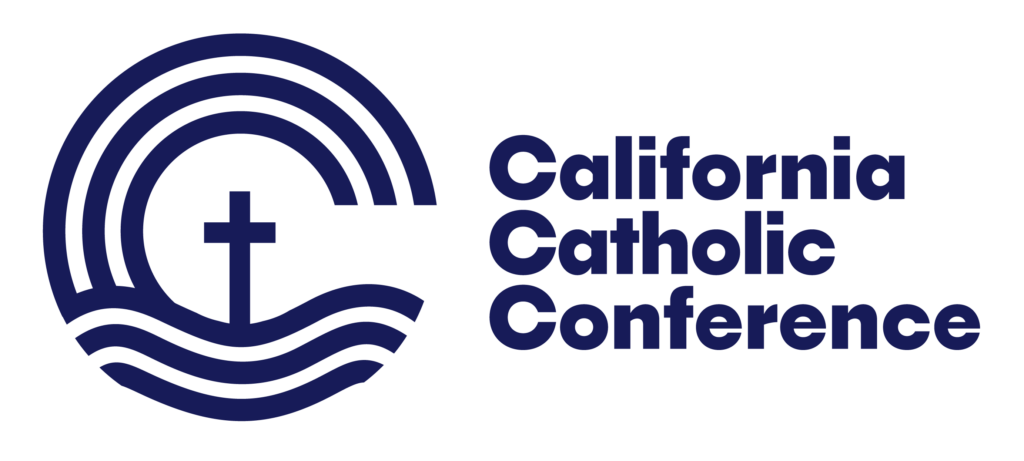Six years after its enactment, the Fair, Accurate, Inclusive, and Respectful Education Act (“FAIR Act”) continues to generate considerable confusion among school officials and parents. The recent November 2017 adoption by the State Board of Education of a number of textbook series as recommended materials for the teaching of history and social studies has generated a renewed round of questions and concerns about the requirements of the FAIR Act. Therefore, this is an opportune time to review the FAIR Act, specifically what it does – and does not – require.
The FAIR Act was enacted as Senate Bill 48 (Leno) of 2011 (SB 48) and went into effect in 2012. The FAIR Act made a number of changes to provisions of the Education Code applicable to public schools dealing with the course of study, classroom instruction, and instructional materials.
First, the legislation’s stated intent was to ensure the study of the “role and contributions” of various groups that accurately portray the cultural and racial diversity of our society. The measure amended Education Code Section 51204.5 to provide that in addition to already-required social sciences instruction on the contributions of men, women, and minorities to the economic, political, and social development of California and the United States, instruction in social sciences shall also include a study of “lesbian, gay, bisexual, and transgender Americans.” SB 48 also required instruction to include persons with disabilities.
Second, while state law (including the Education Code) already prohibited discrimination based on sexual orientation, SB 48 amended the law to specifically prohibit a teacher from giving instruction (or a school district from sponsoring any activity) that “promotes a discriminatory bias” on the basis of sexual orientation.
Third, the bill made a number of changes related to instructional materials. The law amended Education Code Section 60040 to direct governing boards, when adopting instructional materials, to include “only instructional materials which, in their determination, accurately portray” the role and contributions of lesbian, gay, bisexual, and transgender Americans. Similarly, the legislation prohibited a governing board from adopting any textbooks or other instructional materials that contain “any matter reflecting adversely upon persons” on the basis of sexual orientation.
Following the enactment of the FAIR Act, the California Department of Education published a “Frequently Asked Questions” document related to the implementation of SB 48. This document should be reviewed carefully by anyone with questions regarding the requirements and prohibitions of the FAIR Act.
Particularly helpful in understanding the requirements of the law is the response to question #4, which states:
“Instruction in history-social science should include the contributions of those groups listed above in Education Code Section 51204.5, but it is up to local districts to determine how the instructional content is included. That section applies to the course of study in grades one through twelve, but again it falls to the teacher and the local school and district administration to determine how the content is covered and at which grade level(s).” (Emphasis provided).
Textbook requirements have been another source of confusion. Last November, the State Board of Education approved ten textbook series as “recommended materials” for the teaching of history and social studies and which they believe comply with all requirements of the Education Code, including SB 48. Two textbook programs were not adopted as it was determined one included “depictions of individuals from various religious groups that constitute adverse reflections” and the other did “not include sufficient examples of the contributions of lesbian, gay, bisexual, and transgender Americans to the development of California and the United States.”
It is important to keep in mind that these “approved” instructional materials are only recommendations – neither public school districts nor Catholic schools (or other private schools) are required to use these specific instructional materials. In keeping with the principle of “subsidiarity,” decisions regarding instructional materials are made at the local level by the governing board of a school district or other educational entity.”
Due to the “monopolistic” nature of the textbook industry and the fact that textbook publishers try to publish series that are compliant across as many states as possible, local districts and Catholic schools may see an “indirect effect” of the FAIR Act because many of the available textbook series will contain content designed to comply with the law. However, the fact remains that decisions related to instructional materials are made at the local level. Each local district decides which textbooks they will actually use – which may be those on the “recommended” state list or others or none at all. Catholic schools continue to have this option as well.
Each time there is a state-level development regarding instructional content and materials, there is likely to be a number of renewed questions and concerns about the FAIR Act’s requirements. Therefore, a periodic review of the law’s actual requirements will go a long way towards resolving confusion and concern about its provisions.
